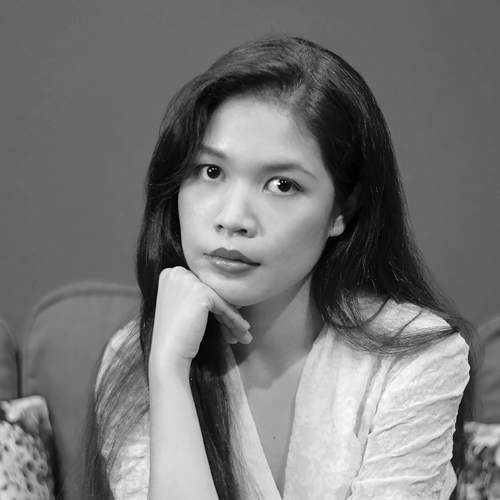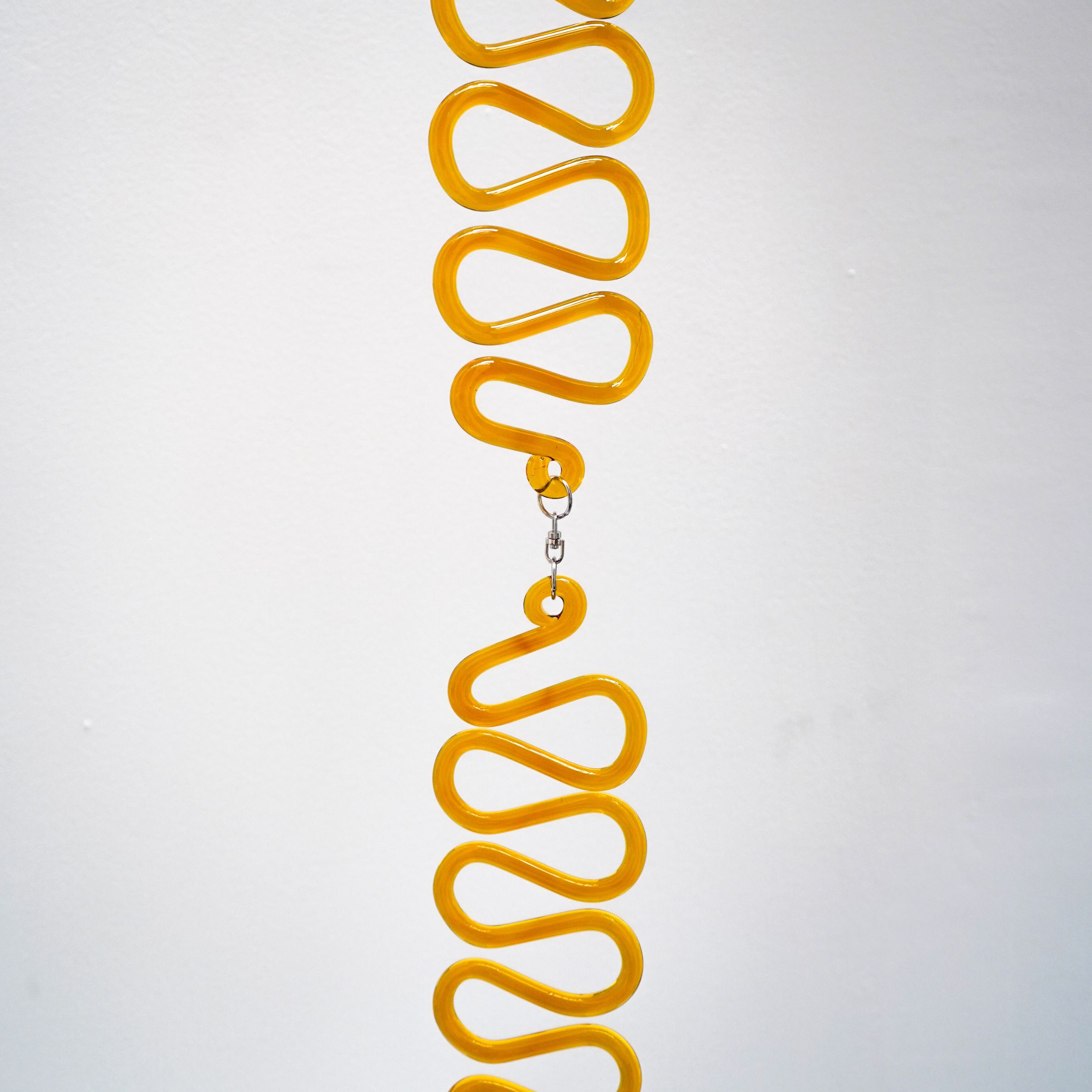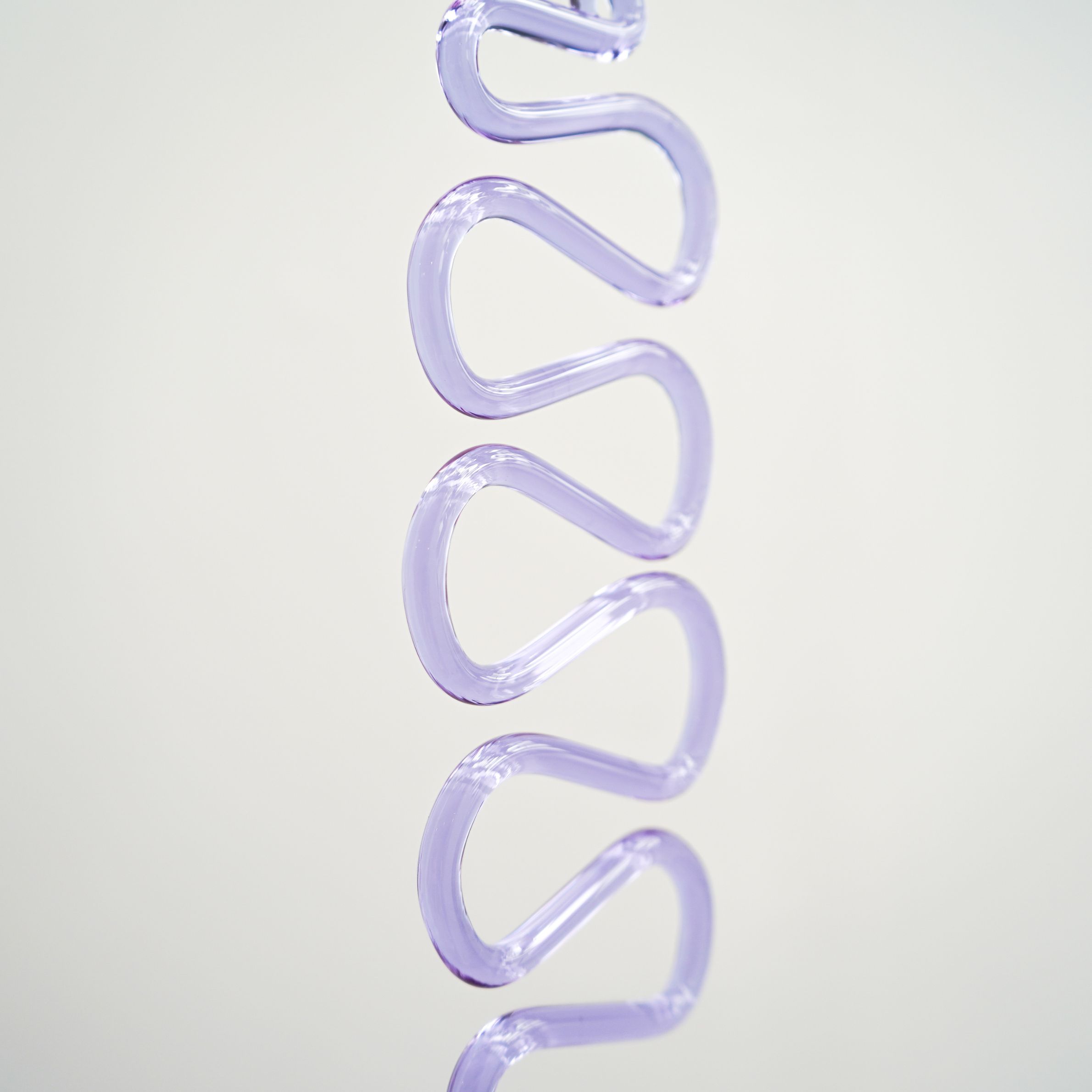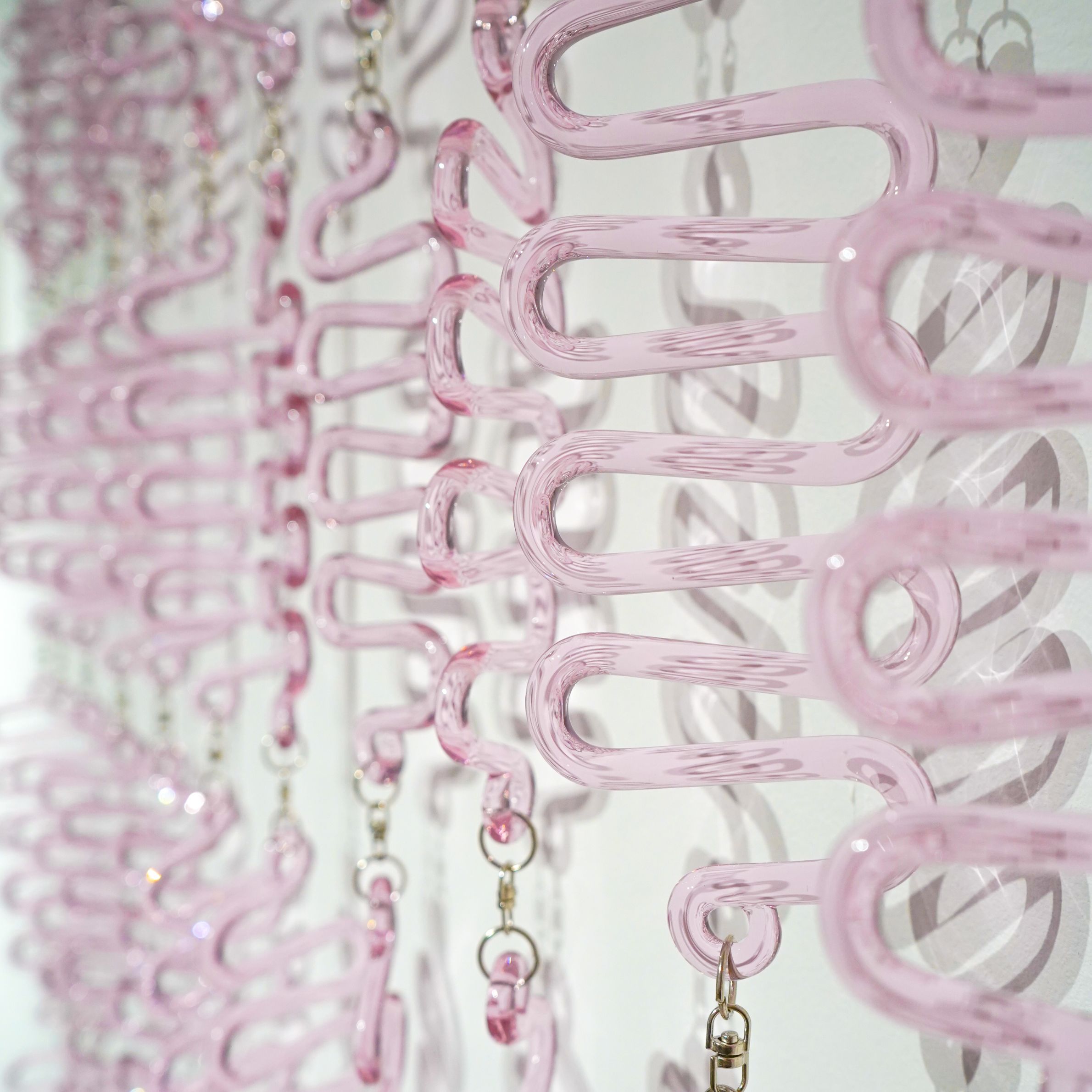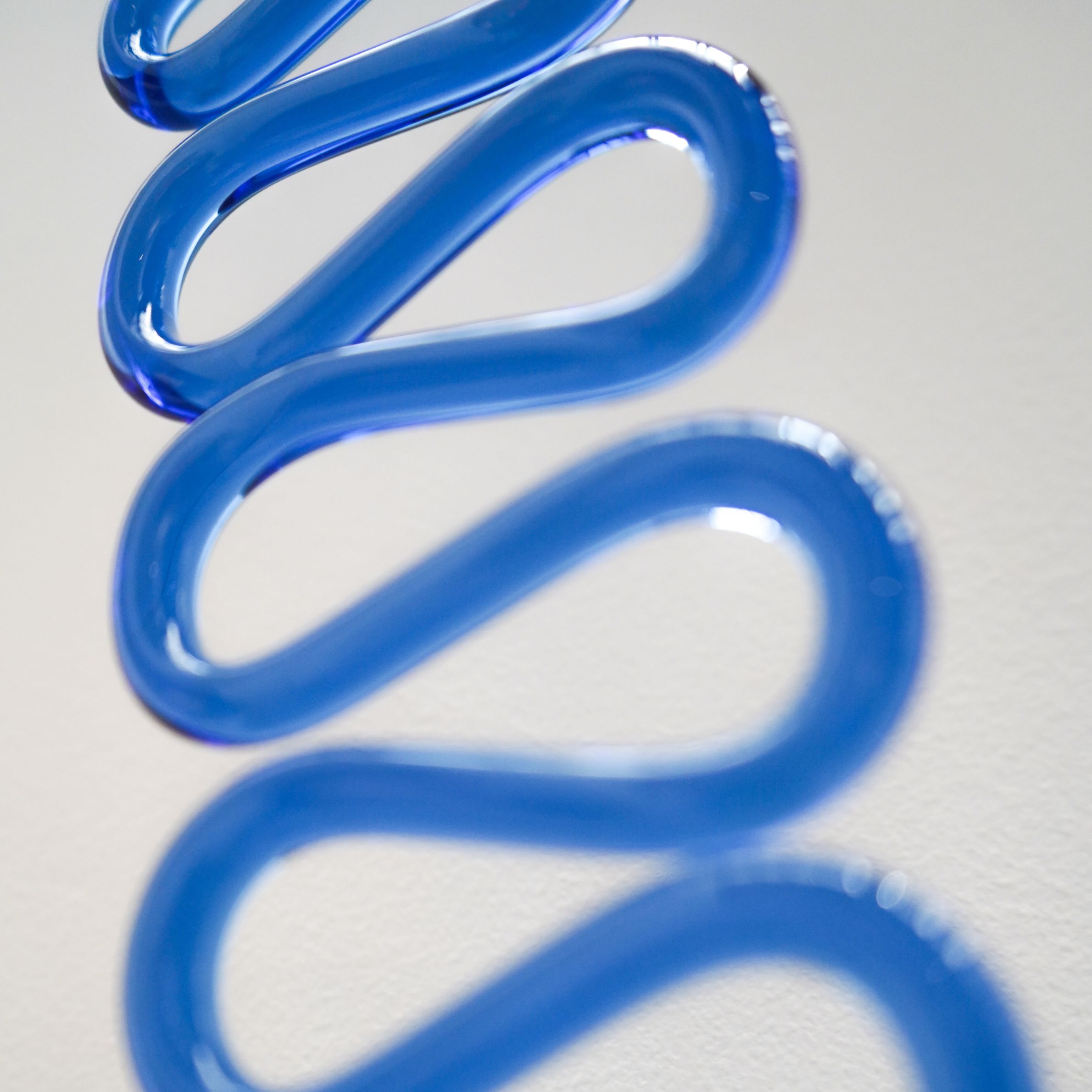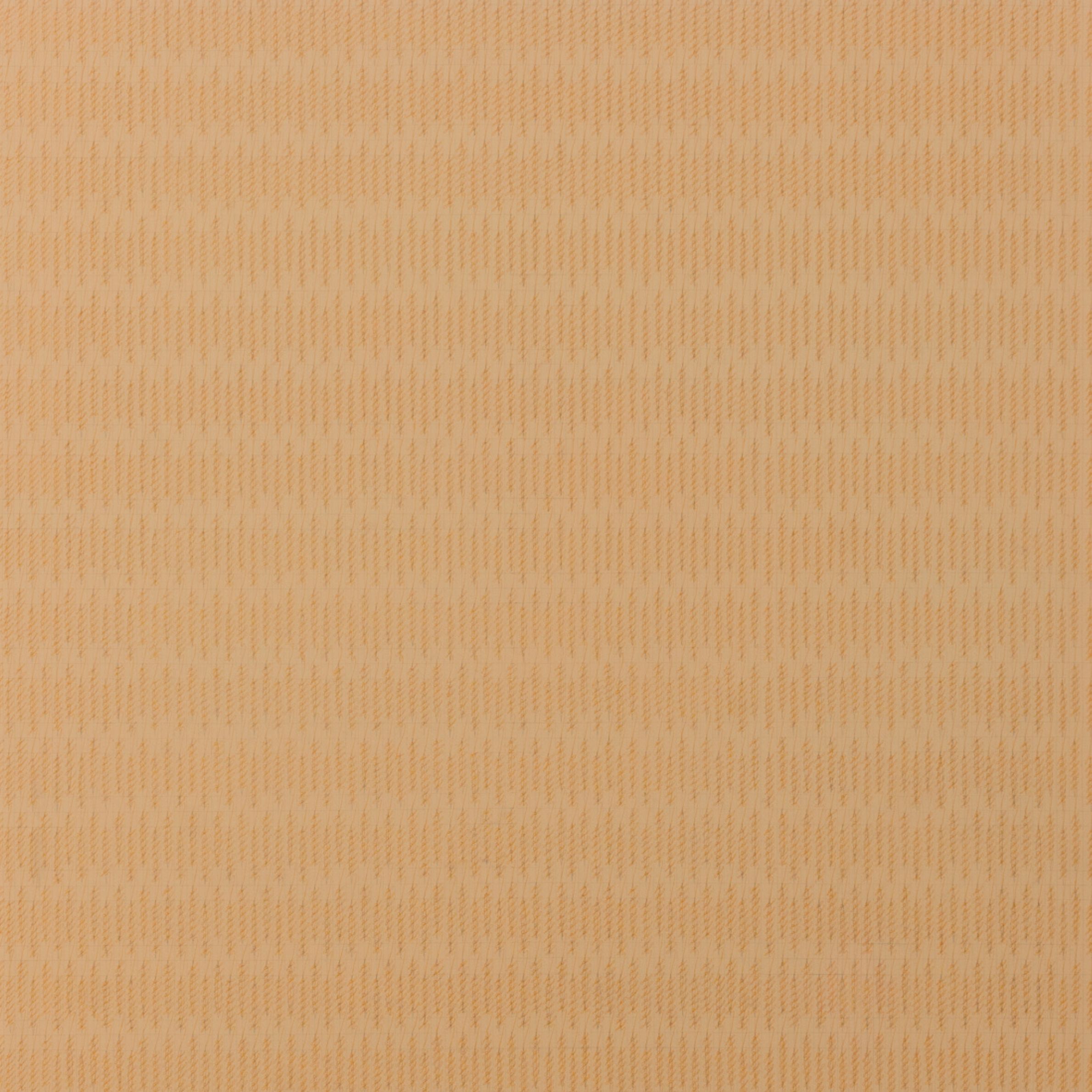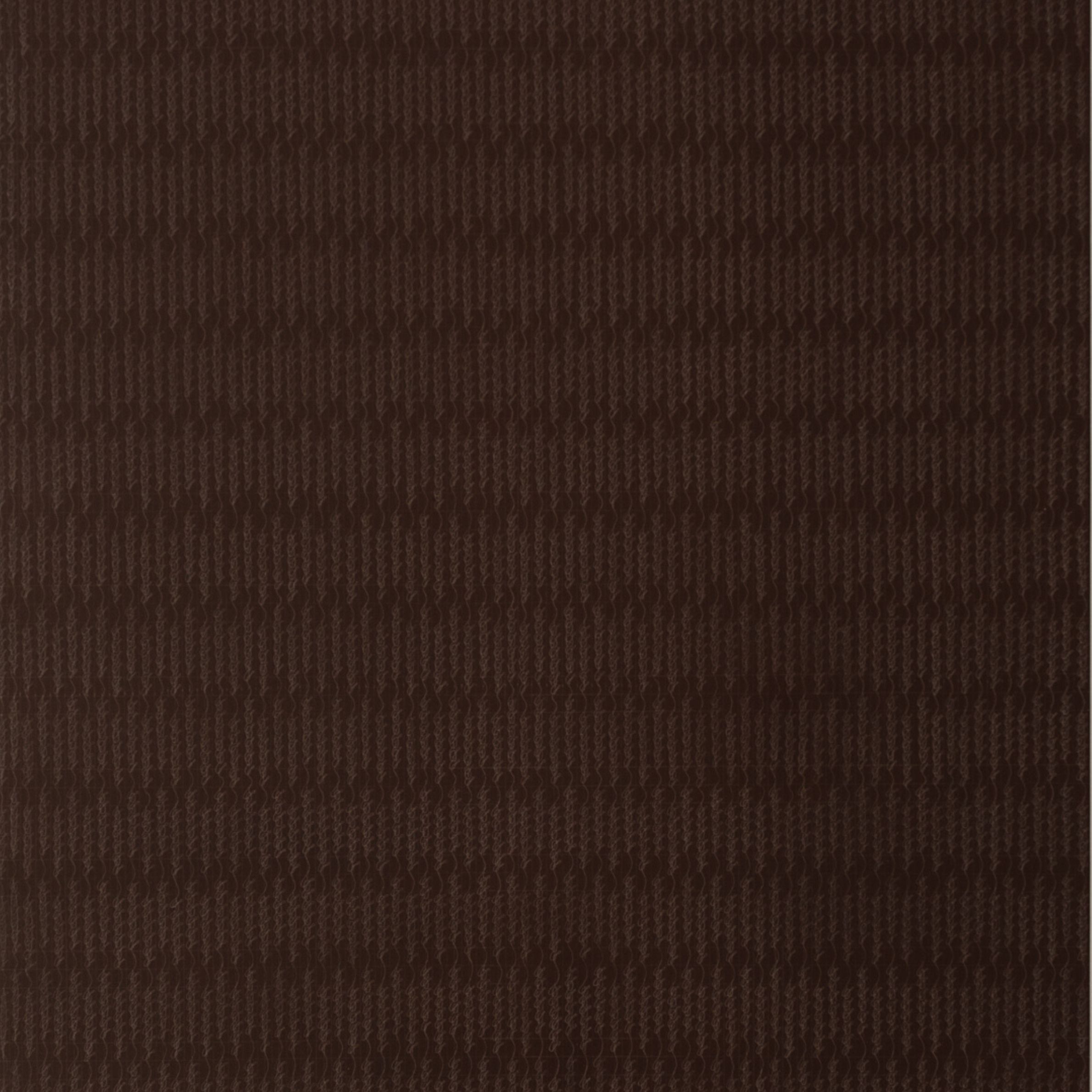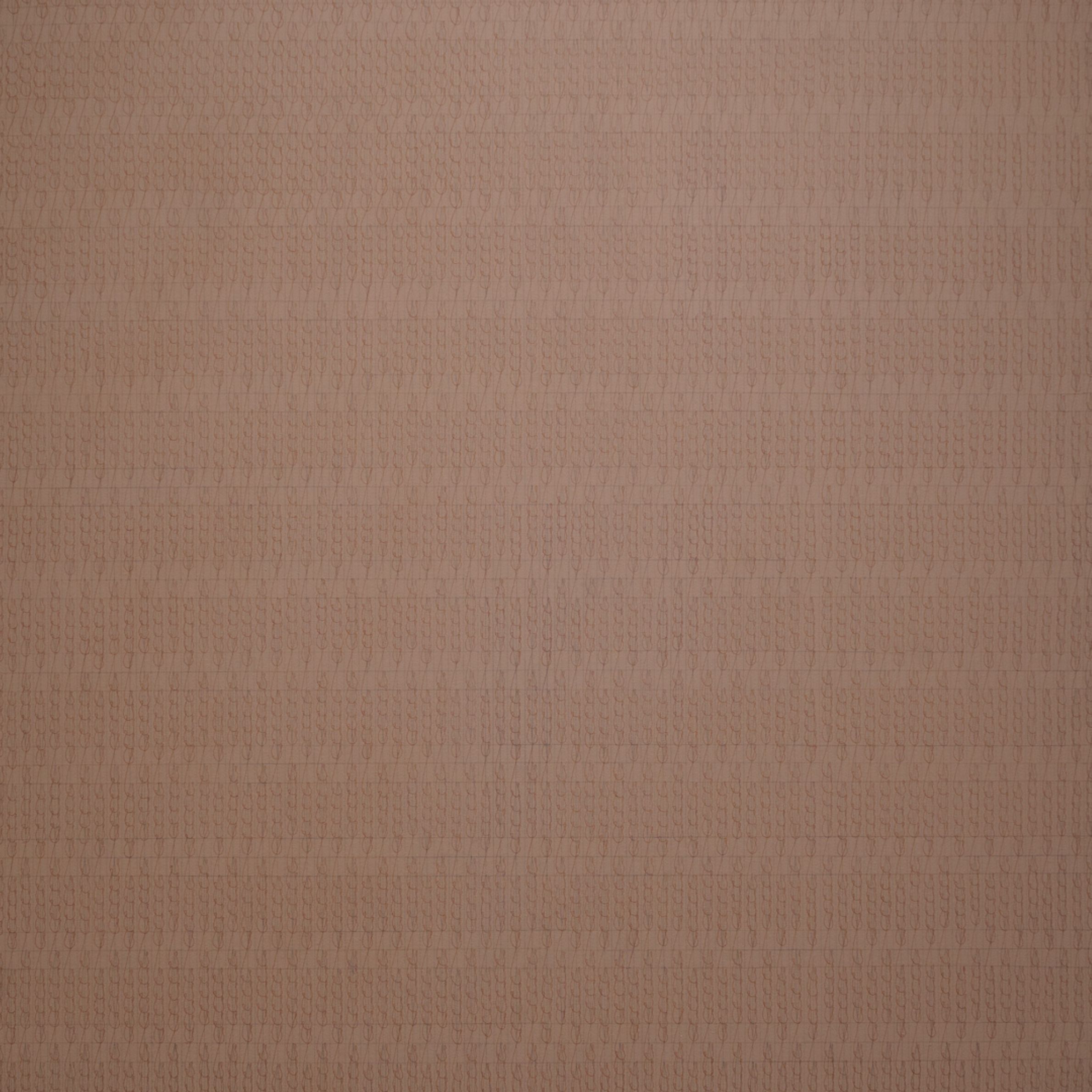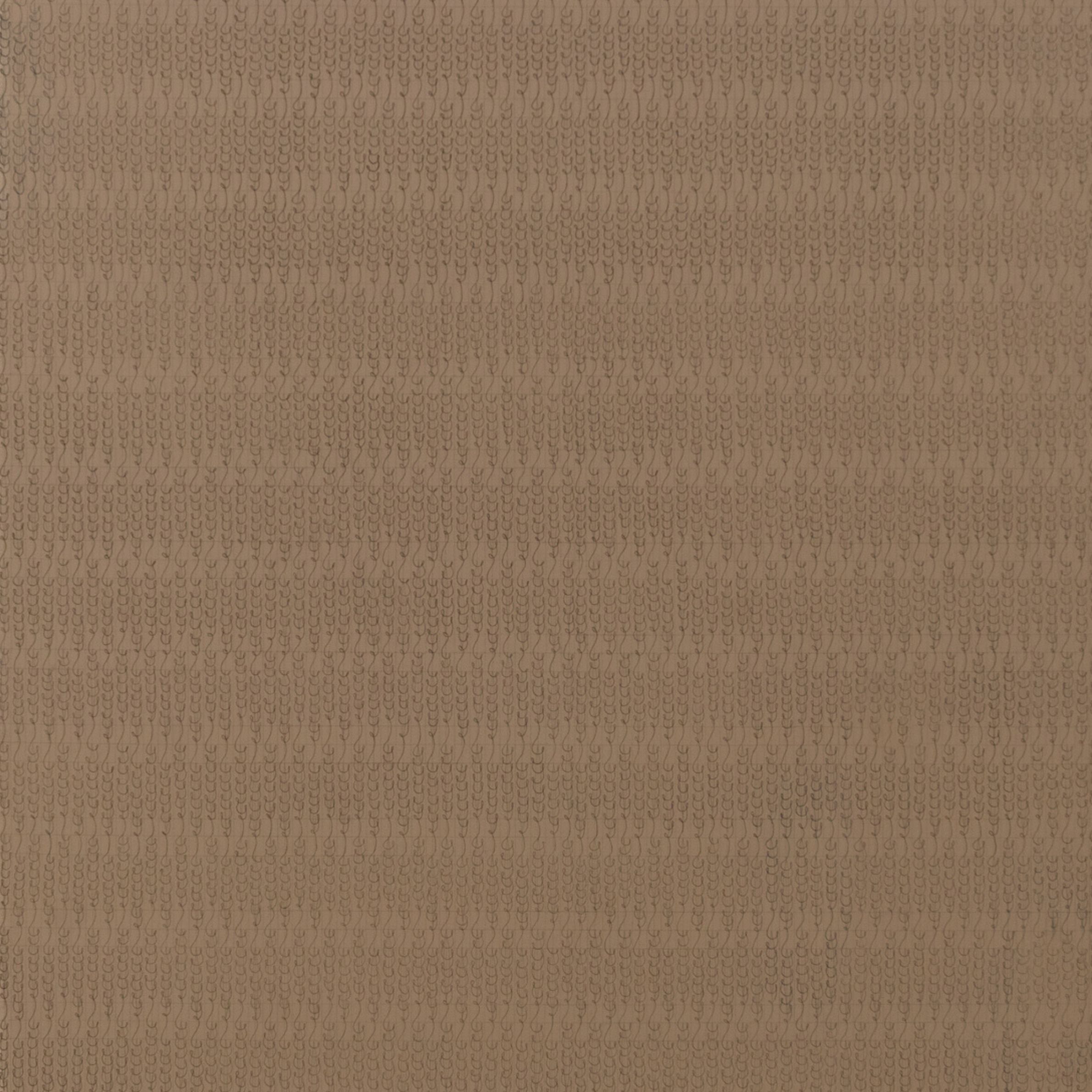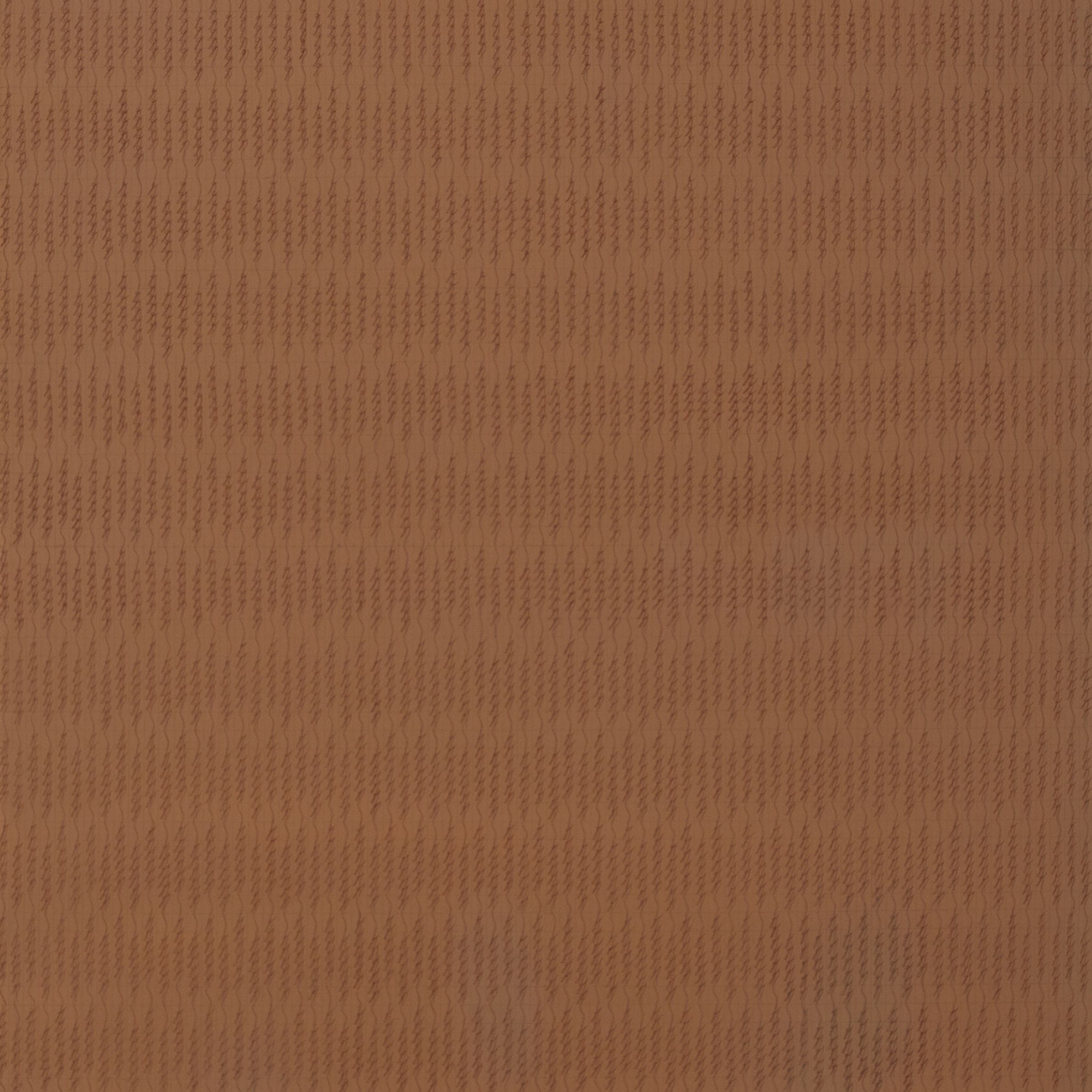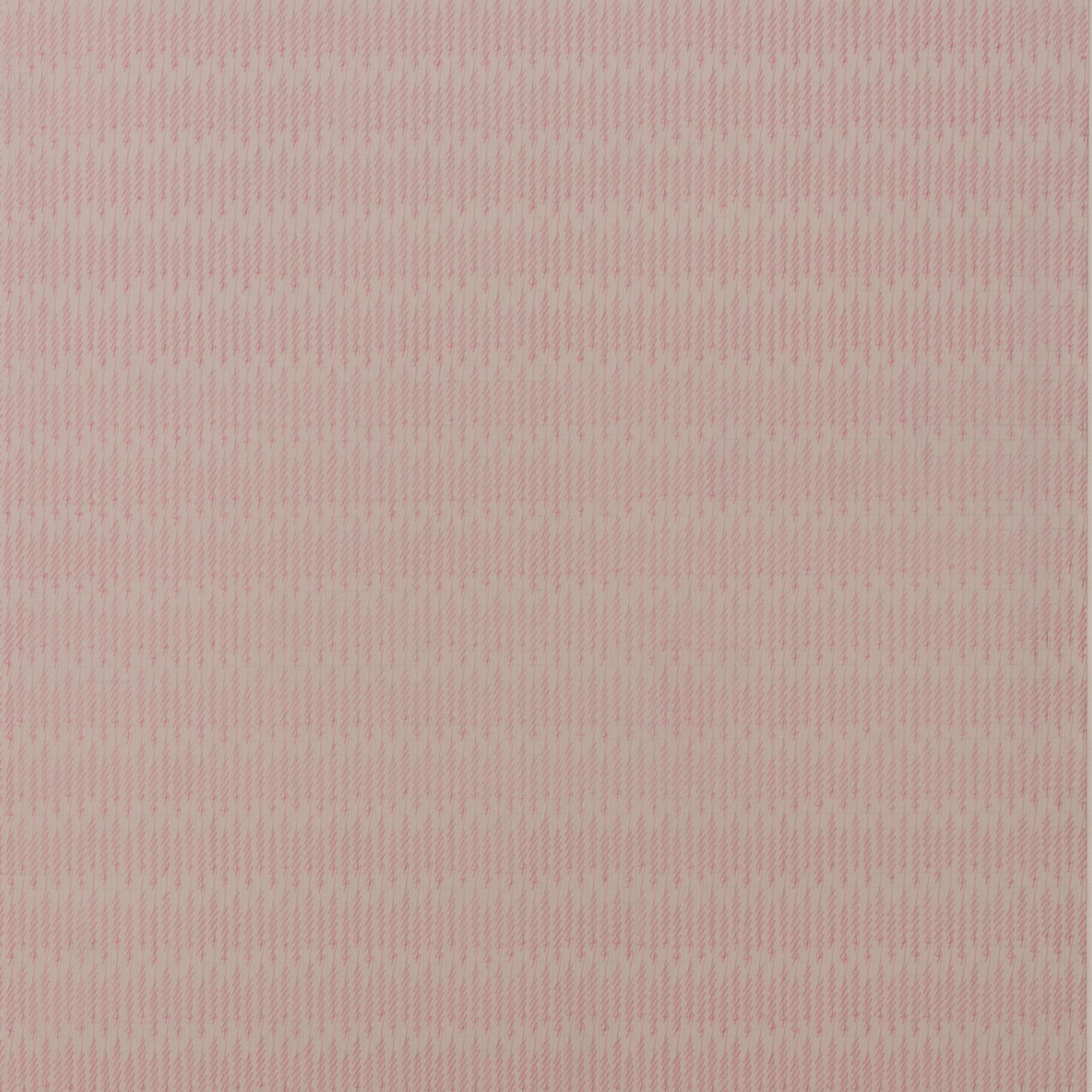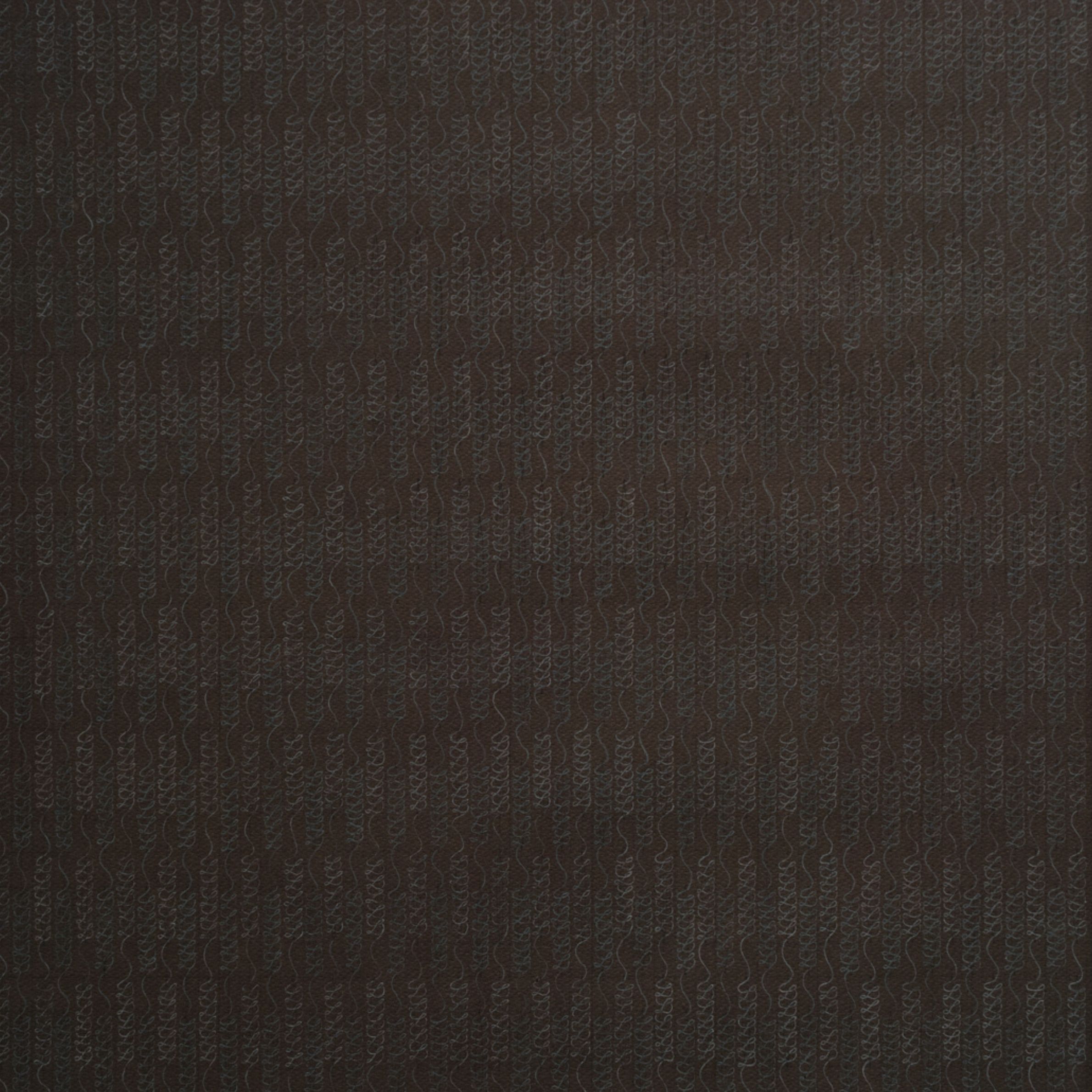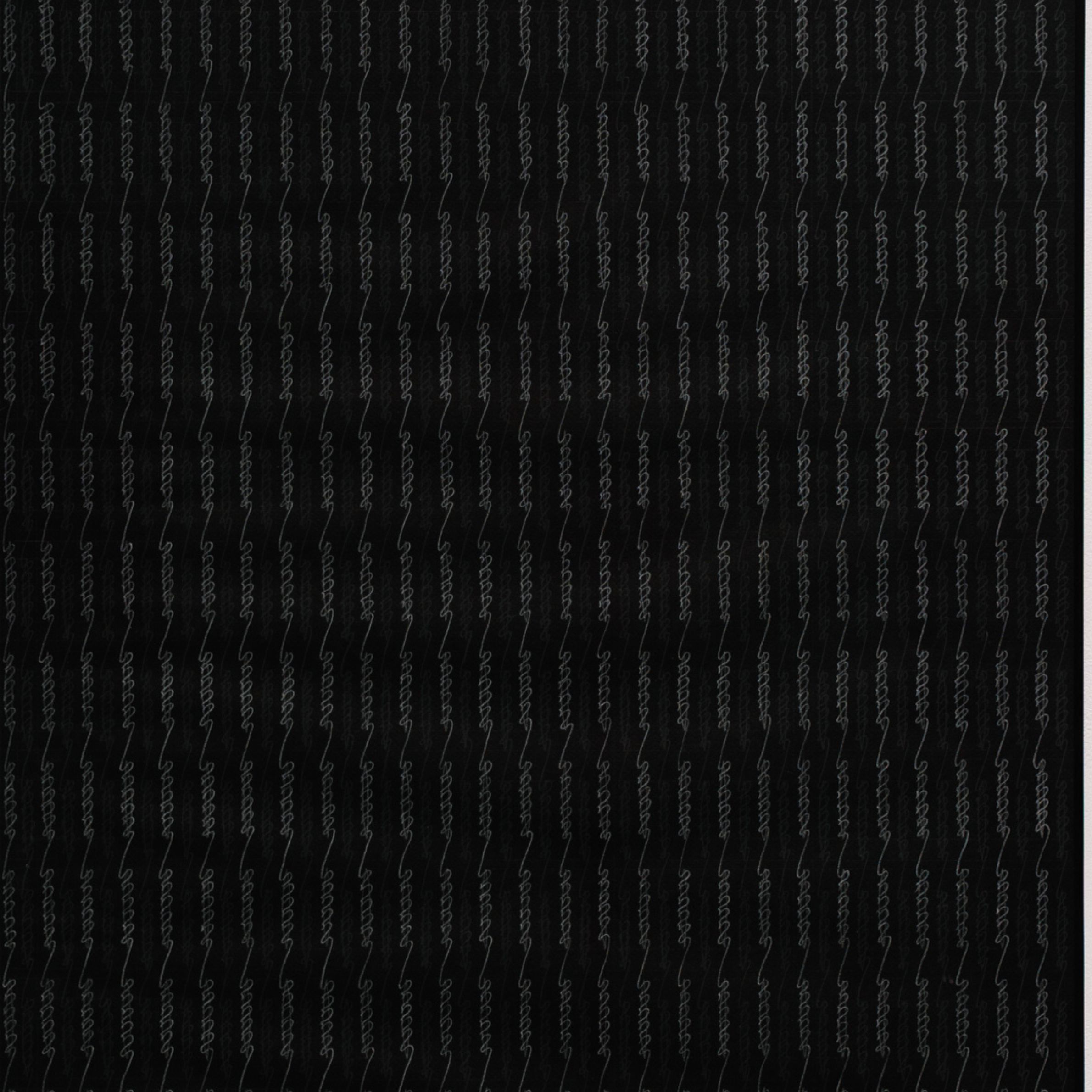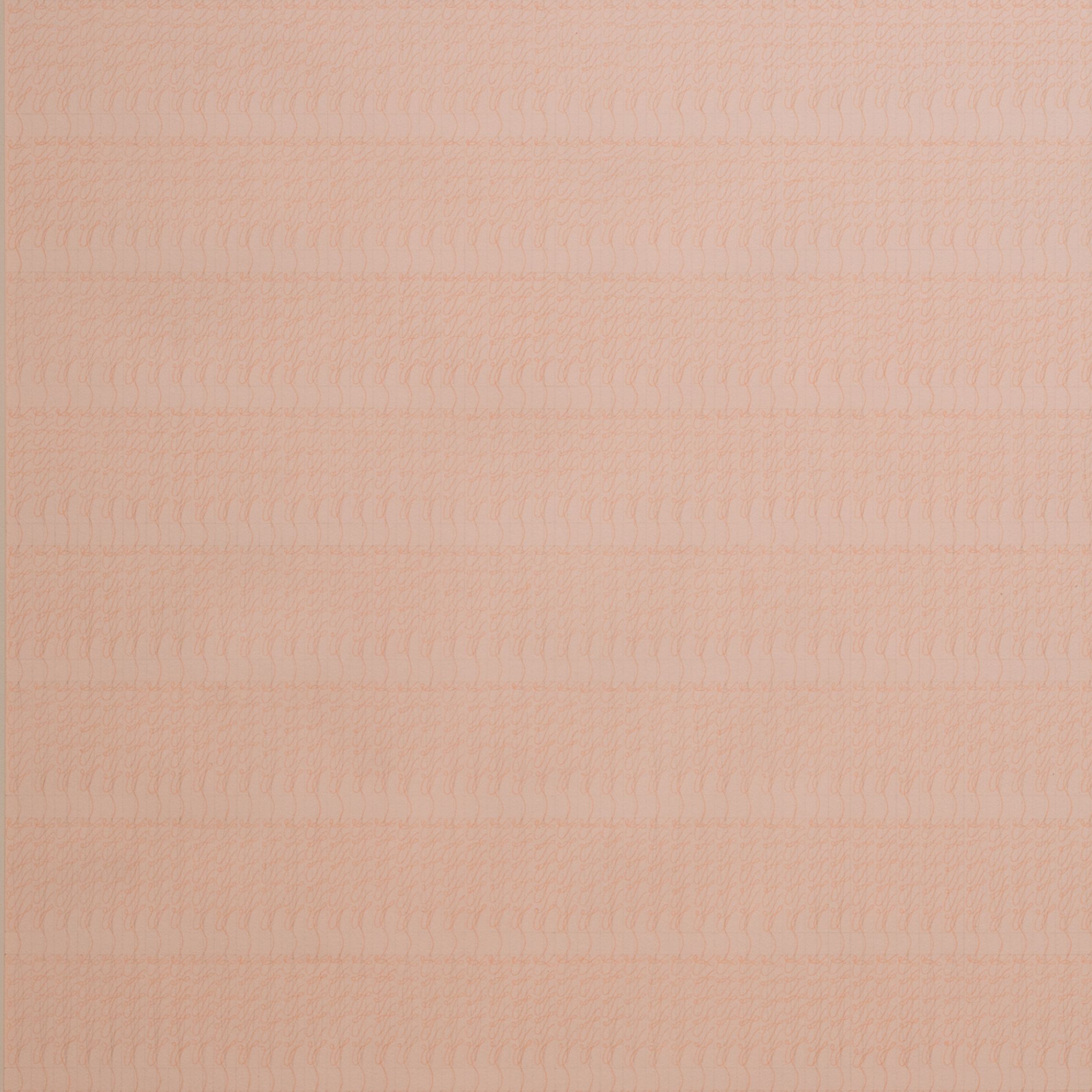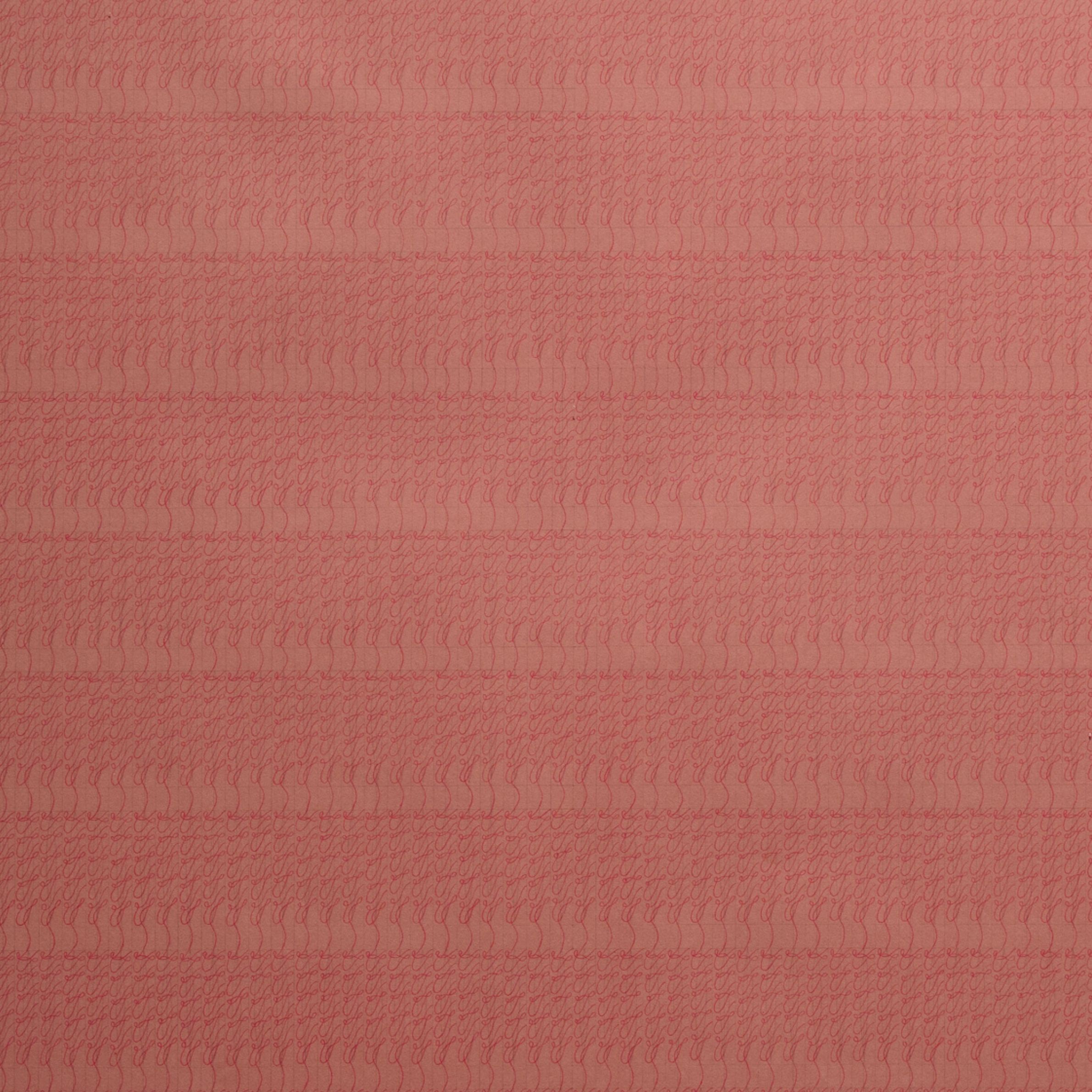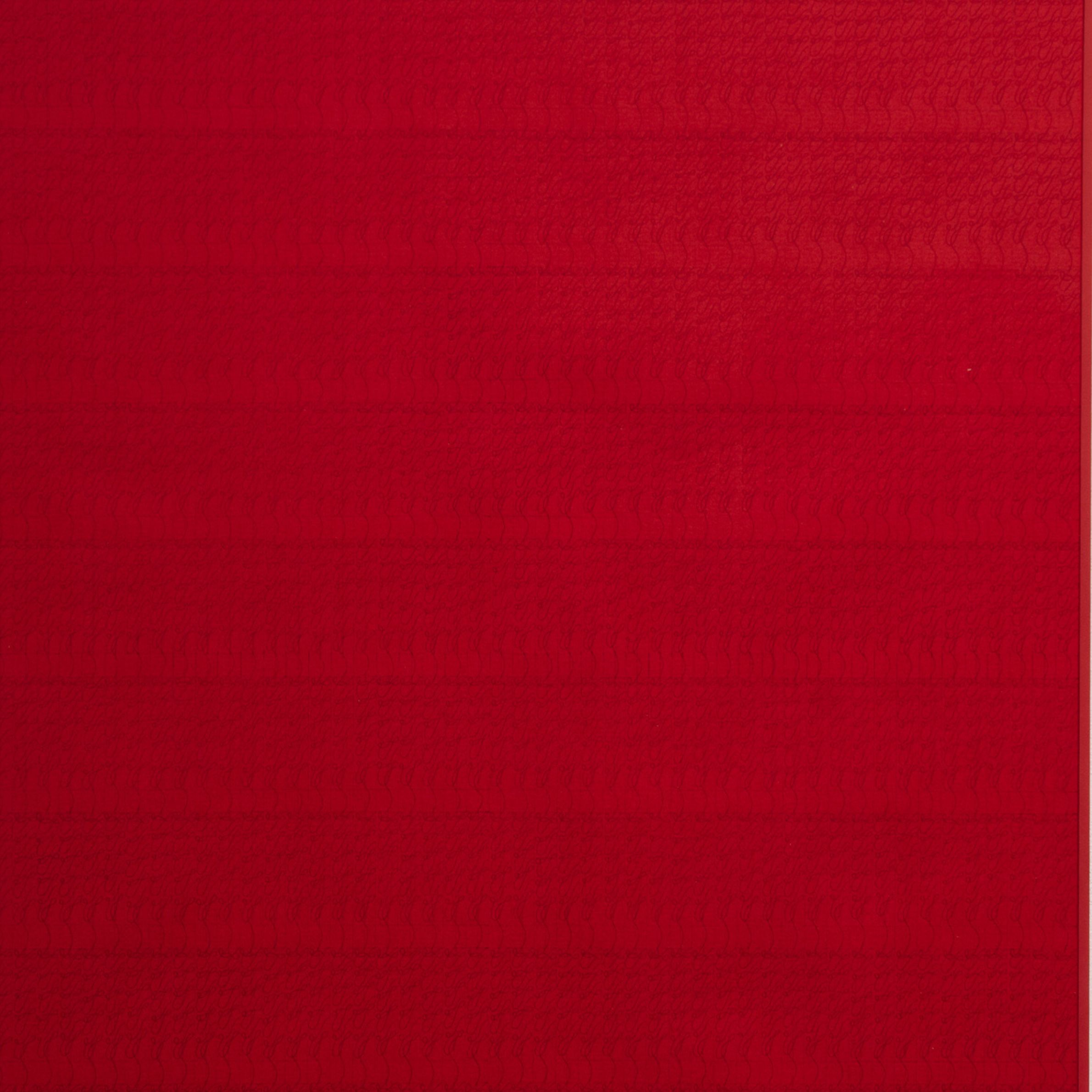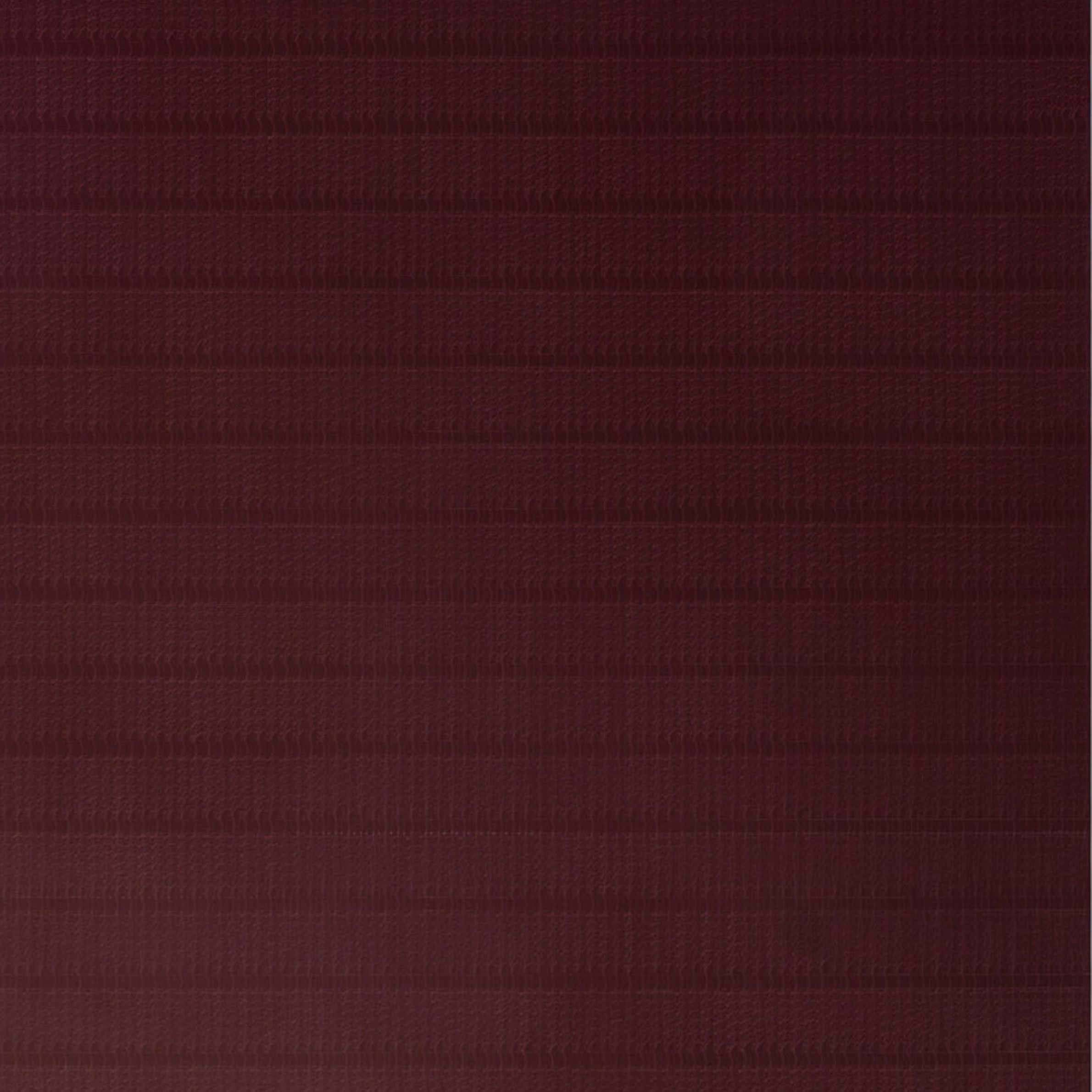Wound
27 September - 2 November 2025
Main Gallery, ara contemporary
Alisa Chunchue's work may appear orderly and not personal at first glance. Yet it captures the most natural condition of being human: how aliveness is unavoidably measured and caged by time. Wound is a series of methodical meditative drawings that are a record of the artist's time spent on the piece. Starting from 2020, the ongoing series emerged from the artist's search for a way to cope with grief. However, she does not intend to portray the grief, nor express her emotions. Rather, the art is her found method of distraction, and later became a testament of her survival.
With her earlier background working in sculpture and performance, it comes naturally for the artist to first think of the body as a starting point. Bodies to her are not exactly medium, but more like materials to weld or mend, made of hard and soft textures, fluids, fats, tissues and bones. But the series Wound is a departure from the corporeal in a way that they are not flattened representations of bodies. The artist treats each piece as a process, and the finished product is a record of a meditation.
Alisa began from her interest in the conflicting nature of wounds. On breathing bodies, wounds have the ability to heal themselves. Open wounds close. The pain subsides. The scars fade. And what remains are only memories of the pain that one may remember where and how it happened. But on the dead, wounds last forever, and no wounds are remembered.
Fascinated in how wounds heal, the artist researched further on various surgical suture techniques. She traces the stitching steps using a pencil and creates endless loops of patterns – tender, swiveling, unwavering – until they fill the whole space. These light lines are steady, and their creations call for concentration and endurance.
Imagine each flick from the tip of the pencil scratches away tiniest particles of the paper, damaging it the same way stitches scrape our skin. The artist found that in order to perfect her work, she must not stop drawing the lines and strictly use the same weight and flow. Erasing a mistake is also impossible. Her obsession with perfectly closing the wounds to a point is straining, but the continual process of endlessly 'doing'—not just for the sake of 'finishing'—is also soothing, and in doing so a meditative gesture.
Invoking a sense of fragility, Invisible Suture (2022-24) and Stitching (2024), a series of glass sculptures suggest the same contemplation like the meditative drawings, only it floats in the air sharing the space with our bodies –glistening strong skeletons, organic flowing gentle curves, transparent and vulnerable. The artist is attracted to working with glass because of its breakability. How it requires handling with care, and the same precision as working with the body, its making cannot be reversed.
All of these light lines invisible from afar invite the viewers to come closer and inspect. Be intimate with the work. Its sensorial abstract shapes and tones slowly fill one's plane. Ultimately, it is not only in the artist's concentration during the making, but also the viewer's exercise of looking, of being absorbed, too, that elicits stillness and meditation. Wound is an artistic gesture. It is quiet and bare. To the artist, the series is a testament to how she has survived difficult moments. The lines are incisions of her existence, every breath held and released, grounding one to a present time.
Pojai Akratanakul
Artists
Artworks
Media Links
